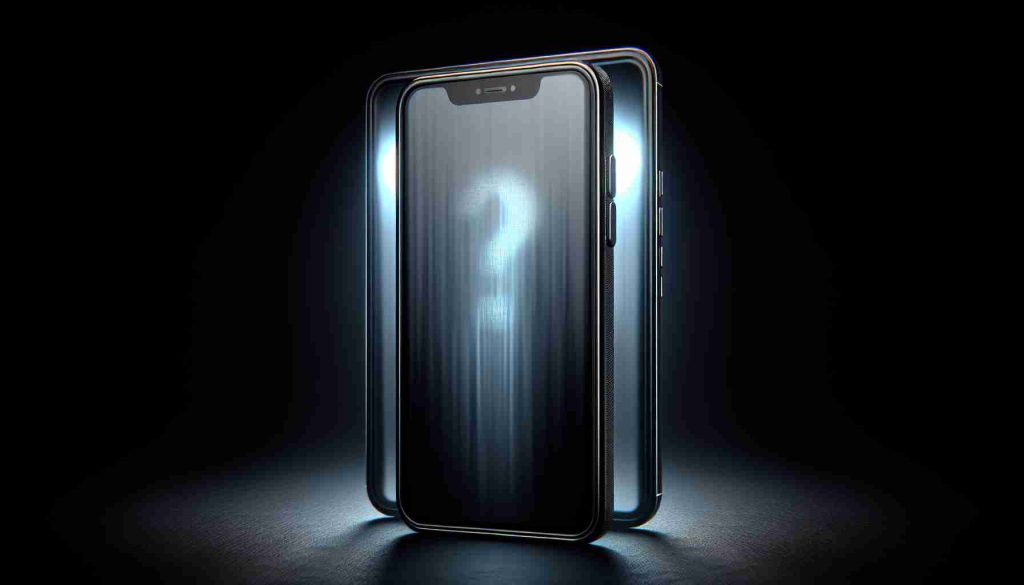The discussion surrounding the prohibition of smartphones in educational institutions continues to evoke strong opinions. Some argue that in today’s digital age, allowing students to use mobile phones during school enhances their understanding of current social issues. Conversely, many see smartphone usage as detrimental, pointing out challenges in regulating their use in a constructive manner.
The United Nations Educational, Scientific and Cultural Organization (UNESCO) has recommended banning smartphones from schools. This recommendation aims to mitigate the adverse effects of technology on students’ learning experiences and overall development. In response, several high schools in Vietnam have implemented policies against smartphone usage within school premises.
A teacher from a prominent secondary school expresses strong support for the UNESCO recommendation. She highlights the school’s strict enforcement of this policy for several years, stating that banning phones helps students focus better and fosters valuable interpersonal communication skills among peers and teachers.
Another educator emphasizes the importance of flexibility in teaching methods while integrating technology effectively. In her school, student phones are stored in designated areas during class hours, allowing contact through teachers if emergencies arise. This policy encourages discipline and enables students to concentrate more on their studies.
Despite existing regulations, finding a balance between permissible technology use and potential distractions remains a challenge. Educators stress the need for collaboration with parents to ensure that the focus remains on learning rather than on digital distractions.
The Debate Over Smartphone Use in Schools: Navigating Opportunities and Challenges
In recent years, the debate surrounding smartphone use in educational settings has intensified, particularly as digital technologies become increasingly embedded in everyday life. While some educators and policymakers advocate for restrictions, others argue in favor of integrating smartphones as tools for enhancing learning. This article explores the key questions, challenges, and the dual aspects of this contentious topic.
What are the primary arguments for and against allowing smartphones in schools?
Those who support smartphone use in educational settings often cite advantages such as access to a wealth of information and educational apps, personalized learning experiences, and enhanced communication channels between students and teachers. They argue that smartphones can engage students and complement traditional teaching methods, allowing learners to explore subjects more deeply and collaboratively.
Conversely, opponents of smartphone use point to factors such as the potential for distraction, cyberbullying, and the exacerbation of socio-economic disparities among students. These concerns emphasize that while technology can offer educational benefits, it also introduces complications that can undermine the learning environment.
What are the primary challenges associated with smartphone use in schools?
One of the most significant challenges is managing distractions caused by social media, games, and personal communication during instructional time. Educators struggle to find a balance between permitting technology that can enhance learning and controlling its use to minimize disruptive behavior.
Another challenge is the disparity in access to technology among students. While some possess the latest devices, others may lack smartphones altogether, leading to equity issues. Schools need to consider ways to ensure that all students have equal access to educational resources, regardless of their smartphone ownership.
What are some innovative approaches schools are taking to address these challenges?
Some schools have implemented structured smartphone policies, wherein students are required to check in their devices at the beginning of class, thereby limiting potential distractions. Others utilize technology management software to monitor usage during class hours, ensuring that phones are used only for educational purposes.
Additionally, many educators are exploring the integration of smartphones into the curriculum. For instance, teachers are designing interactive lessons that incorporate apps and online resources, allowing students to use their devices in meaningful ways. Such practices can help students learn digital responsibility while still engaging with current technology.
Beyond the immediate concerns, what are the long-term implications of smartphone use in education?
As technology continues to evolve, the approach to integrating smartphones in schools will likely shape the future of learning. Educators must evolve their teaching strategies to accommodate digital advancements and prepare students for a technology-driven world.
Moreover, fostering digital citizenship has become essential. Schools could play a pivotal role in teaching students how to navigate the online landscape responsibly, emphasizing the importance of critical thinking, information verification, and respectful communication.
For further exploration on this topic, please visit Edutopia for resources on modern educational strategies and insights into technology in the classroom.
Conclusion
The debate over smartphone use in schools reflects broader societal tensions regarding technology and education. By thoughtfully addressing the challenges and opportunities presented by smartphones, educators can better prepare students for a future where digital literacy is paramount. Engaging in ongoing dialogue among educators, parents, and policymakers will be crucial in developing effective, inclusive strategies that prioritize learning while embracing technological advancements.























